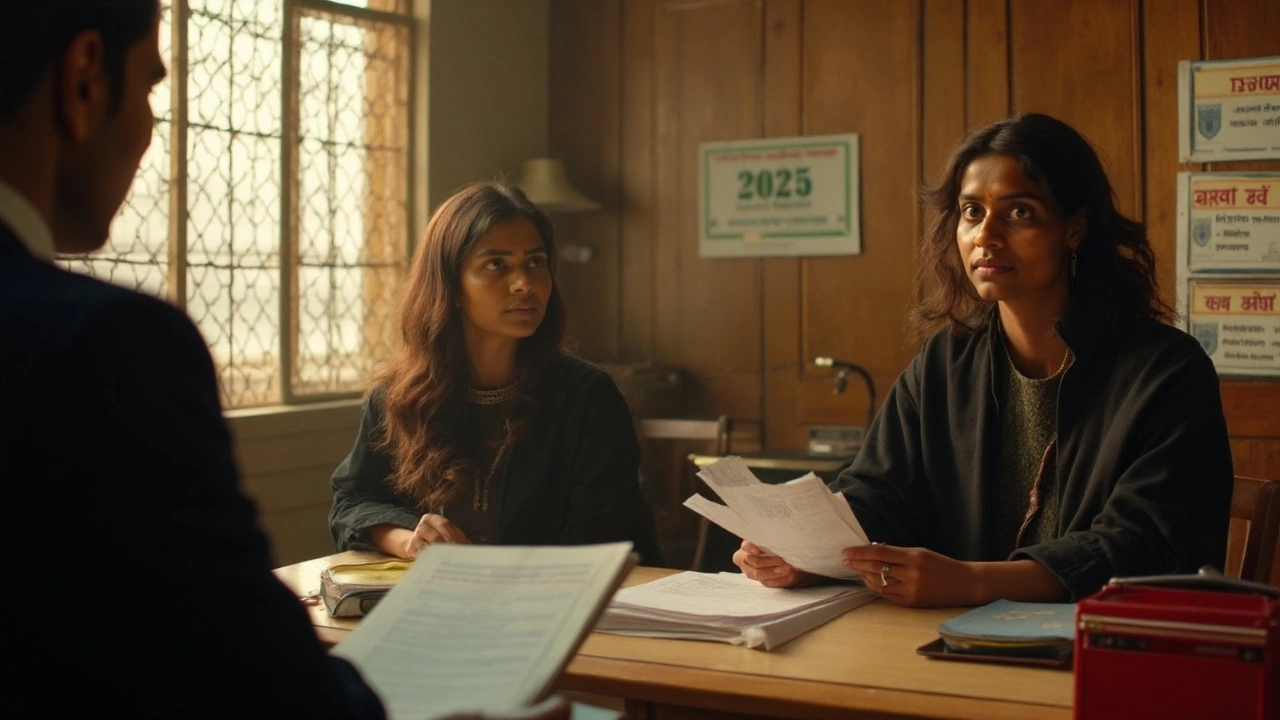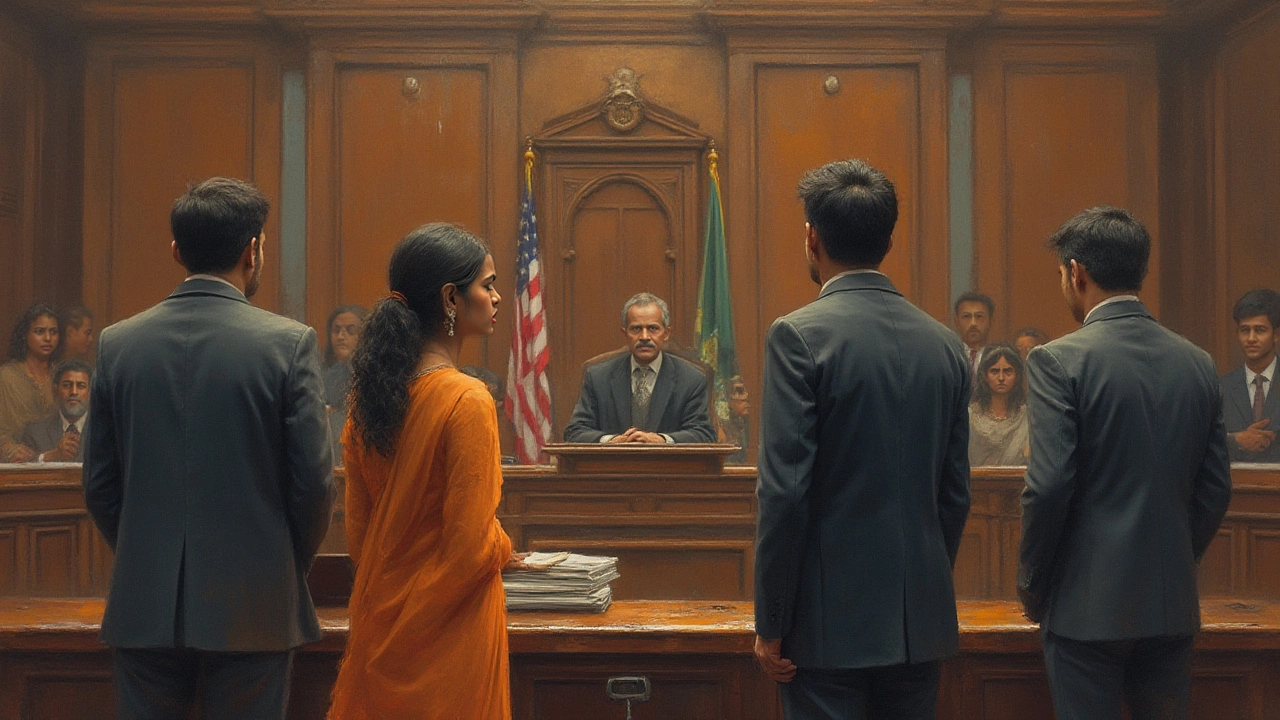Mutual Consent Divorce – What You Need to Know
If you and your spouse both agree to end the marriage, a mutual consent divorce is the fastest, cheapest way to get legally split in India. No lengthy battles, no endless court dates – just a straightforward process that saves time, money, and stress.
Eligibility & Key Requirements
First off, both parties must be at least 21 years old for a wife and 23 for a husband. You also need to have lived separately for at least one year, unless you can prove exceptional circumstances like cruelty or desertion. Both partners must file a joint petition, sign the paperwork, and agree on issues like alimony, child custody, and property division. If you can’t settle these points, the case might turn into a contested one, which defeats the purpose of a mutual consent divorce.
Step‑by‑Step Process
1. Gather Documents: You’ll need marriage certificate, proof of residence, age proof, and any documents related to assets, children, or alimony. Having everything ready speeds up the filing.
2. Draft the Petition: Both spouses sign a joint petition stating you want a divorce by mutual consent. You’ll also attach a written statement about how you’ve dealt with property and children.
3. First Court Appearance: The family court reviews your petition, asks a few questions, and then grants a six‑month cooling‑off period. This is to confirm you’re not acting under pressure.
4. Second Appearance: After six months (or three in special cases), you return to court with the same documents. The judge asks a final set of questions and, if satisfied, hands down the divorce decree.
5. Collect the Decree: Once the decree is printed, you receive the official certificate. It’s a good idea to get extra copies for banks, property offices, and any other institutions that will need proof of your changed status.
Tips to avoid delays: double‑check that all signatures match your IDs, keep the paperwork neat, and be ready to answer the judge’s questions honestly. If any detail looks off, the court can ask for clarifications, which pushes the timeline back.
Common questions include: "Do I need a lawyer?" – While you can file yourself, a family law attorney can spot pitfalls and ensure the documents are flawless. "What about children?" – You’ll need a clear custody and support plan; the court will never approve a divorce that leaves kids without a proper arrangement.
Remember, a mutual consent divorce is designed for couples who can communicate calmly. If you find yourself stuck on any issue, consider mediation before hitting the court. It often resolves disputes faster and cheaper.
Bottom line: When both partners agree, a mutual consent divorce is a clean, low‑stress route to start a new chapter. Keep your paperwork tidy, follow the timeline, and you’ll have the divorce decree in hand without the drama of a contested battle.

Is it mandatory to live separately for divorce in India? Here's what the law actually says
You don't need to live apart to get a divorce in India. The law focuses on whether your marriage has broken down, not where you sleep. Learn what really matters for divorce under Indian law.

What Is the Fastest Divorce in India? Understanding Speedy Divorce Options
The fastest divorce in India takes six months under mutual consent. Learn how it works, what documents you need, why contested divorces take years, and how to avoid common legal traps.

Is Instant Divorce Possible in India? Fastest Legal Routes, Timelines, and 2025 Rules
No, instant divorce isn’t legal in India. But you can finish fast. Learn the quickest routes, timelines, waiver rules, documents, and pitfalls in 2025.

One-Sided Divorce in India: Process, Rights & Legal Tips in 2025
Thinking of a one-sided divorce in India? Learn the truth about contested divorce, the latest procedure, rights, timelines, and must-know legal tips for 2025.